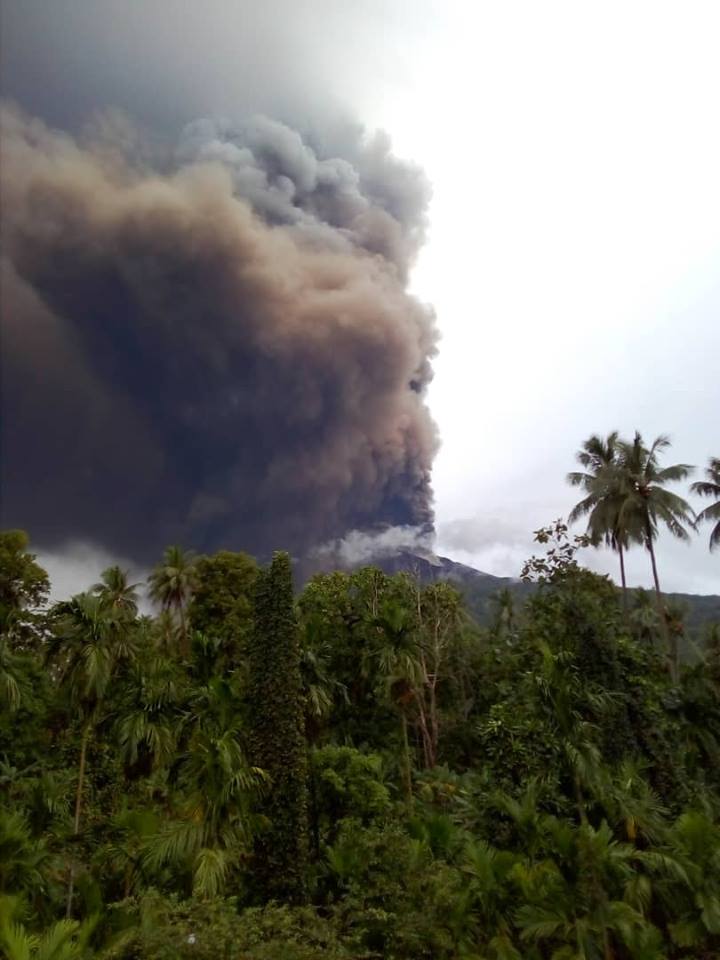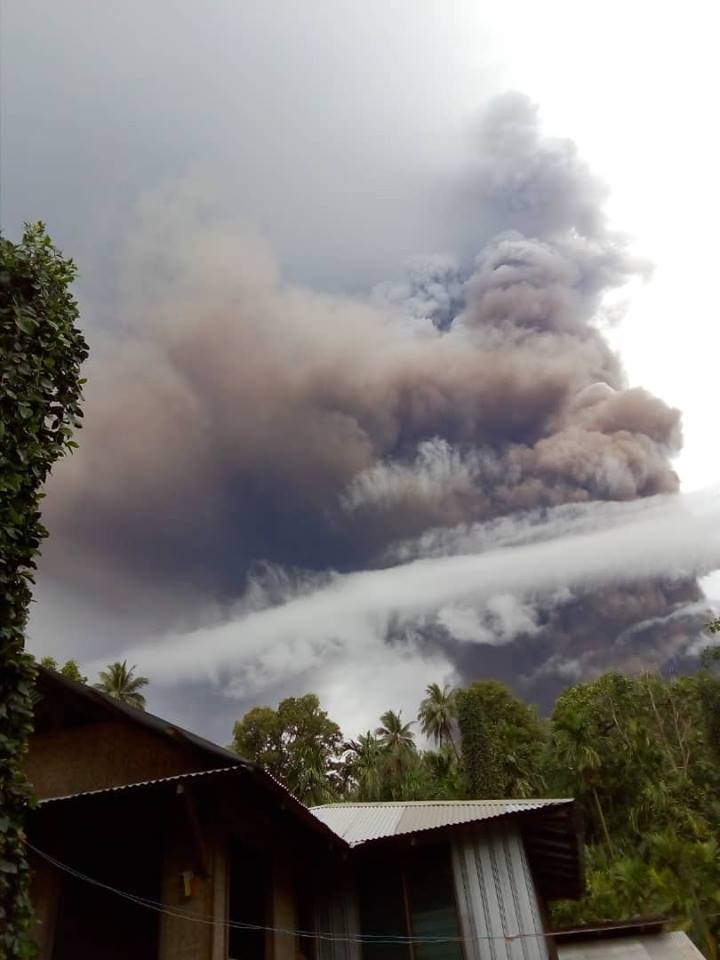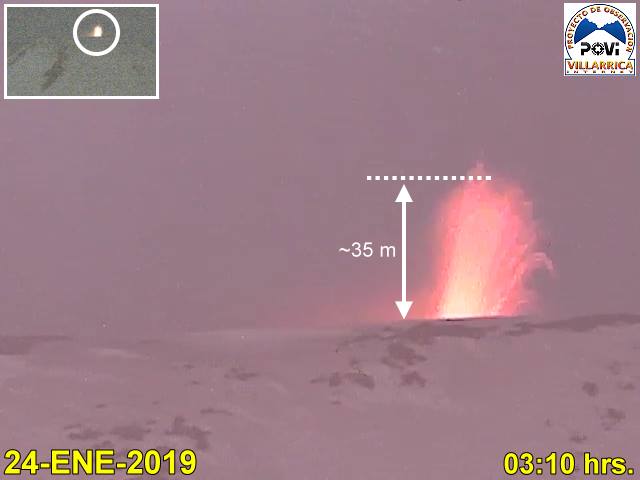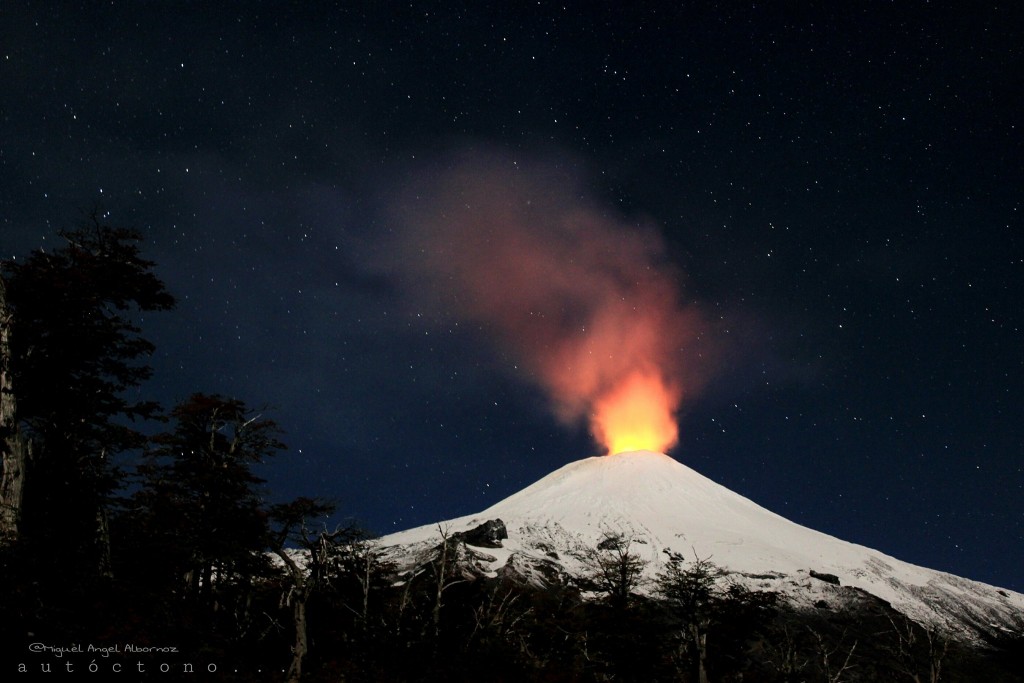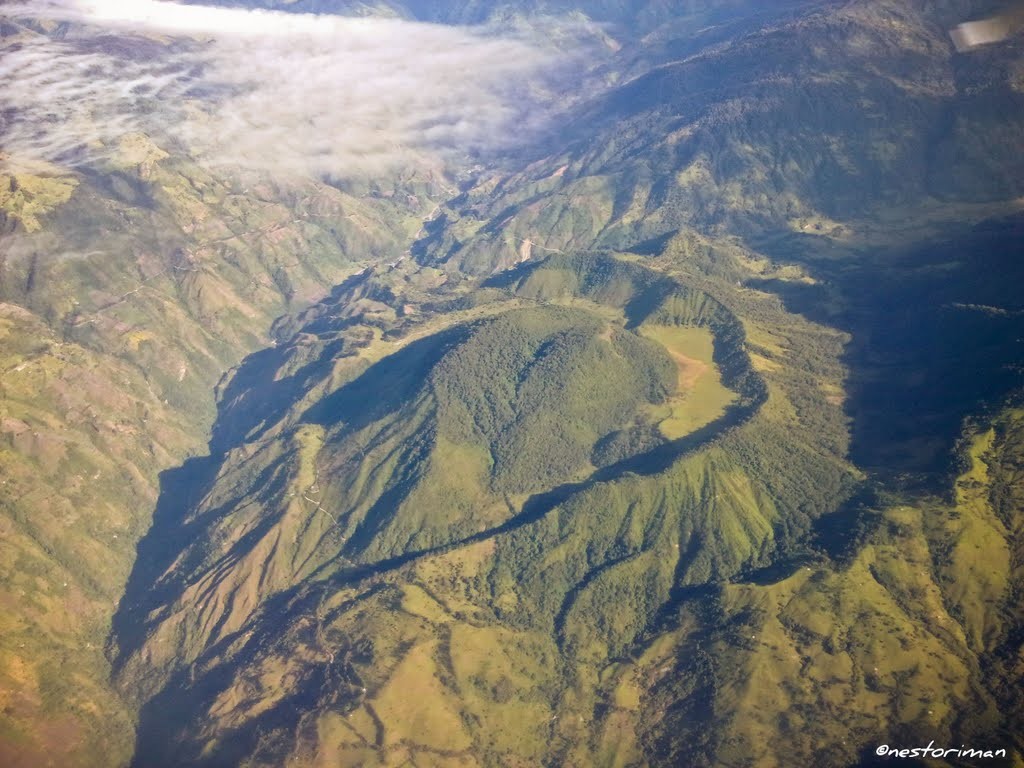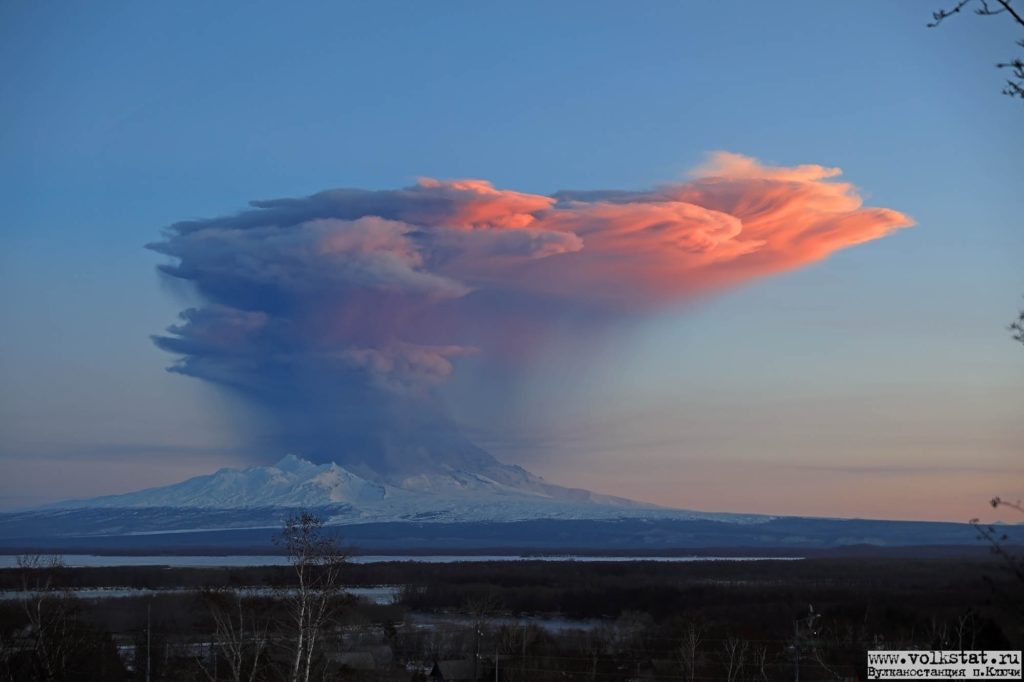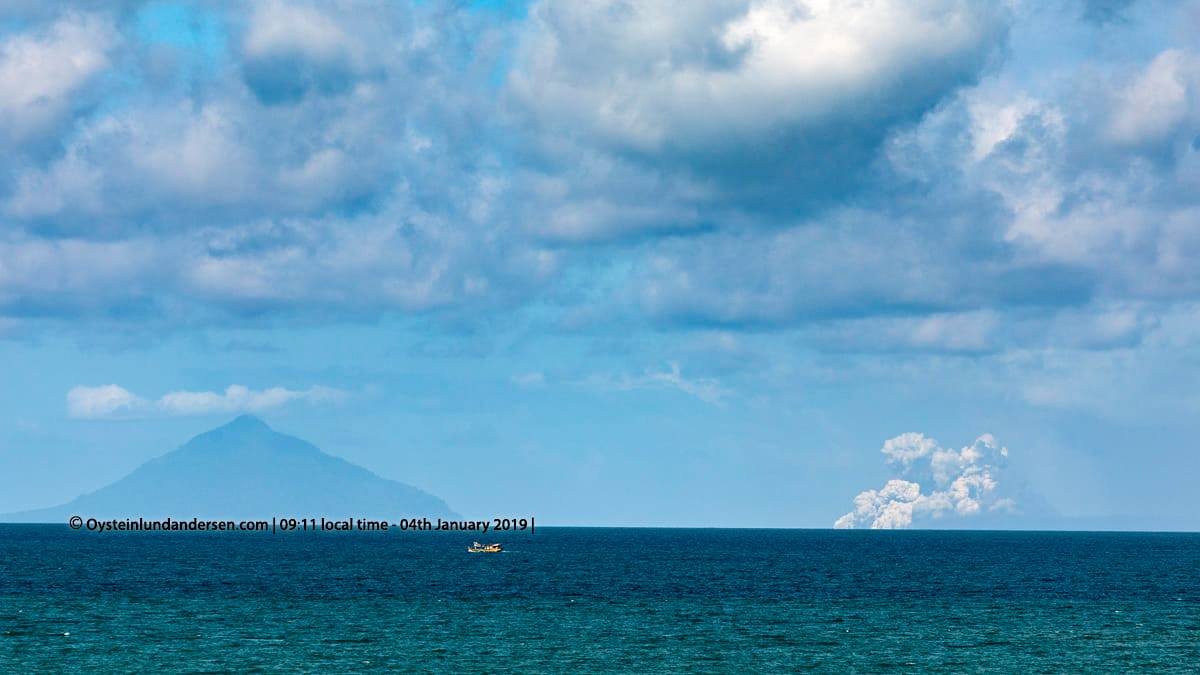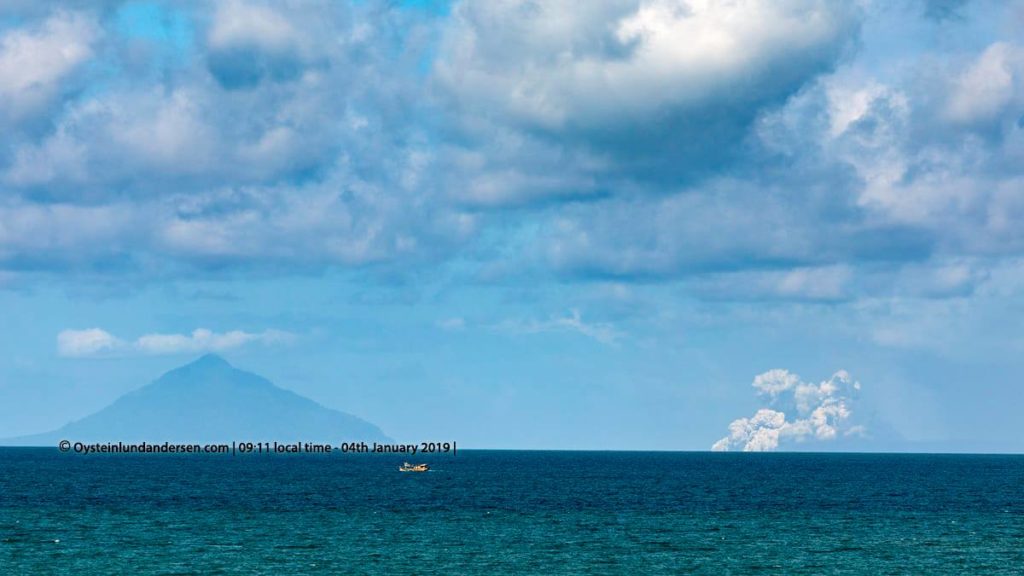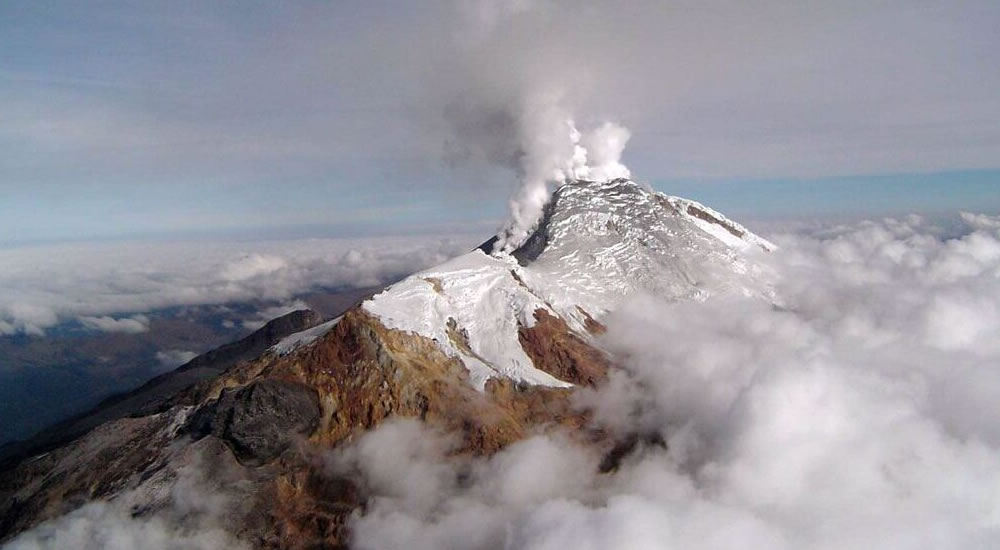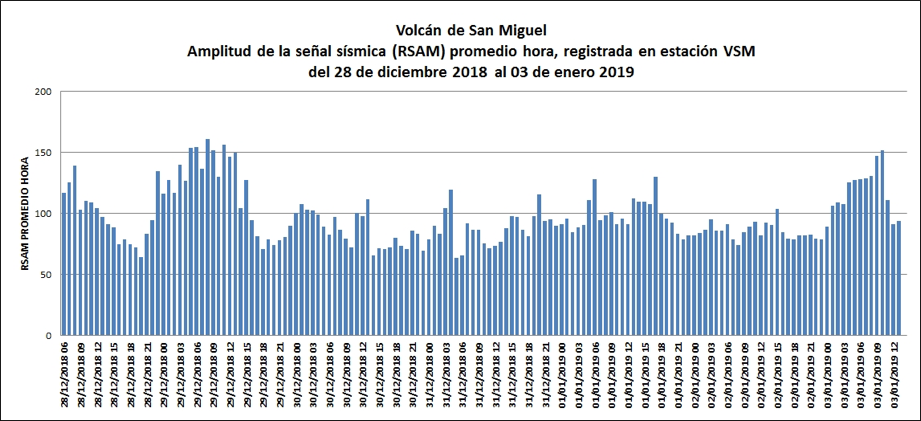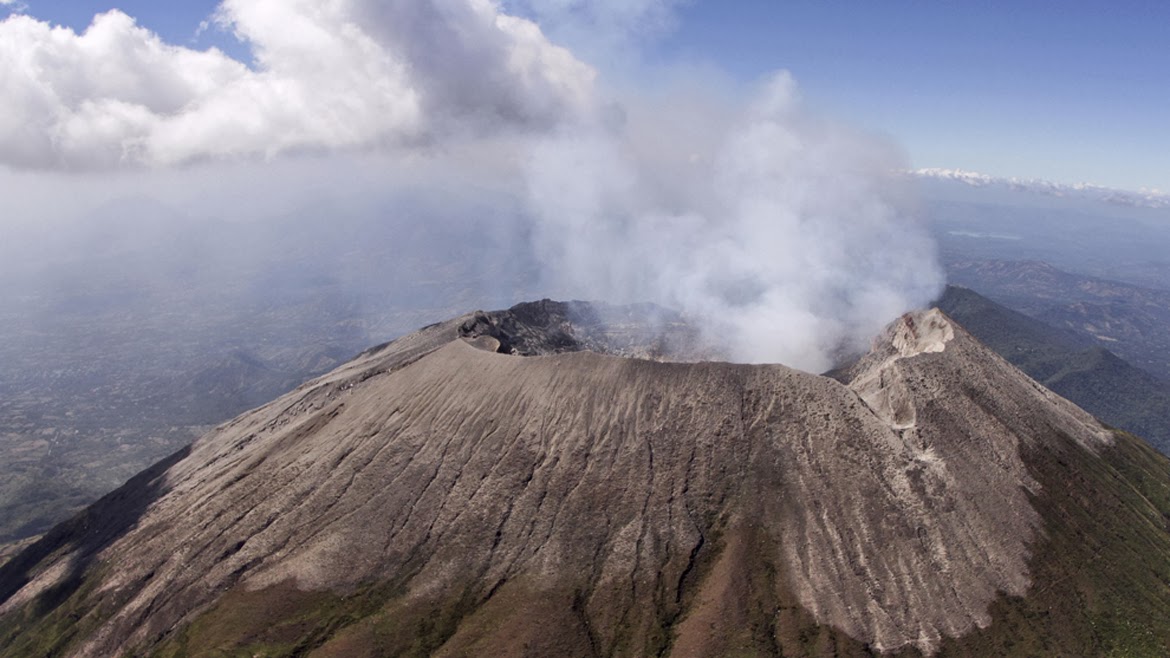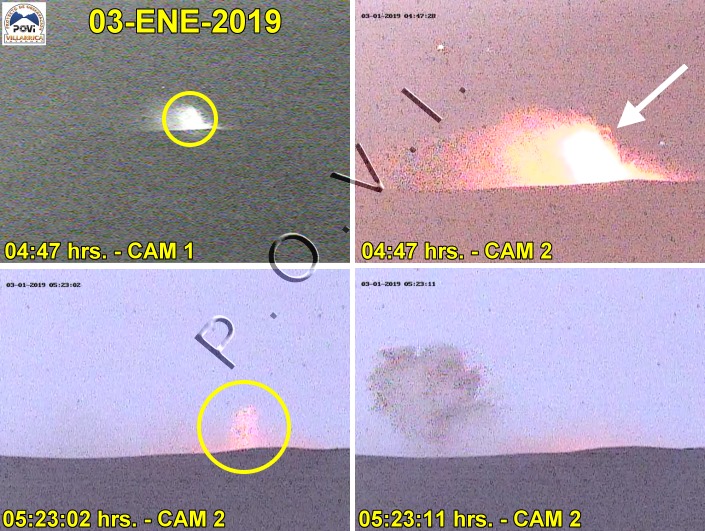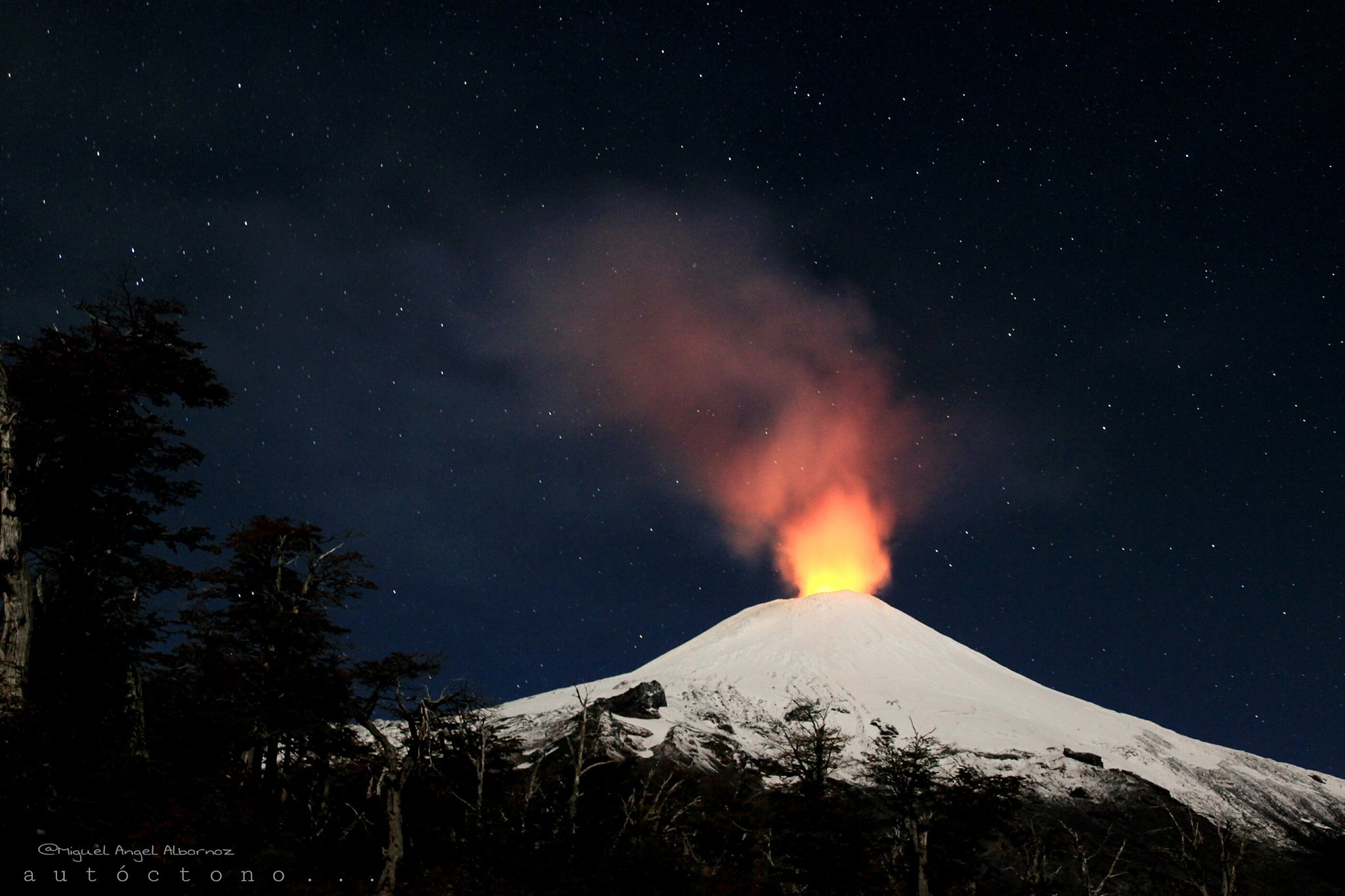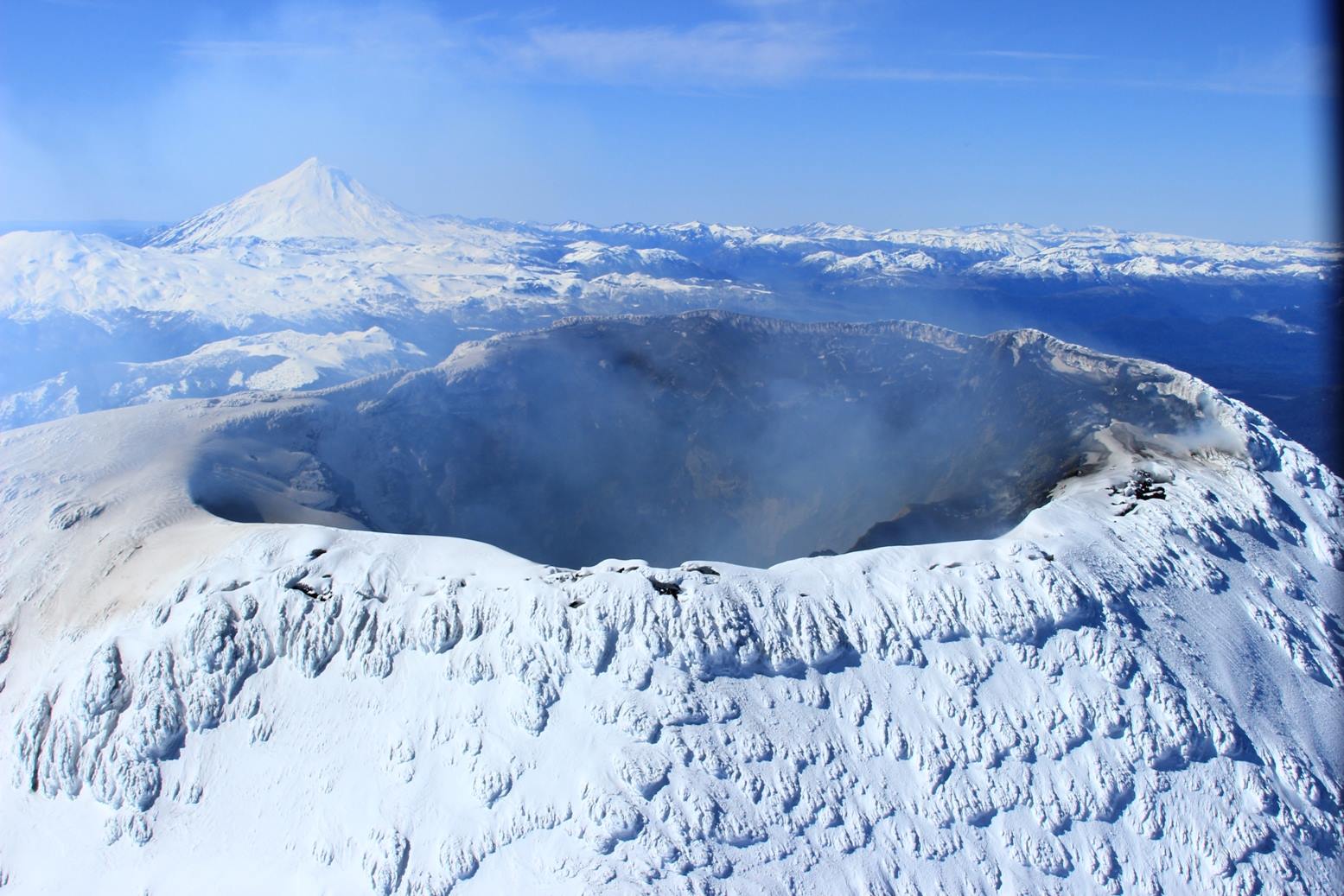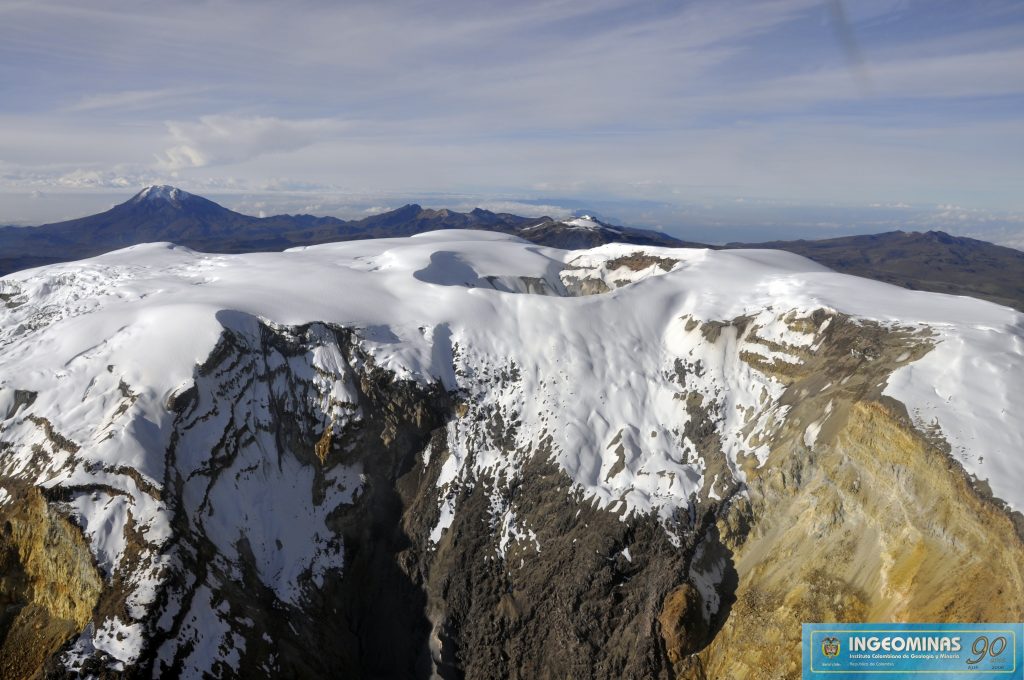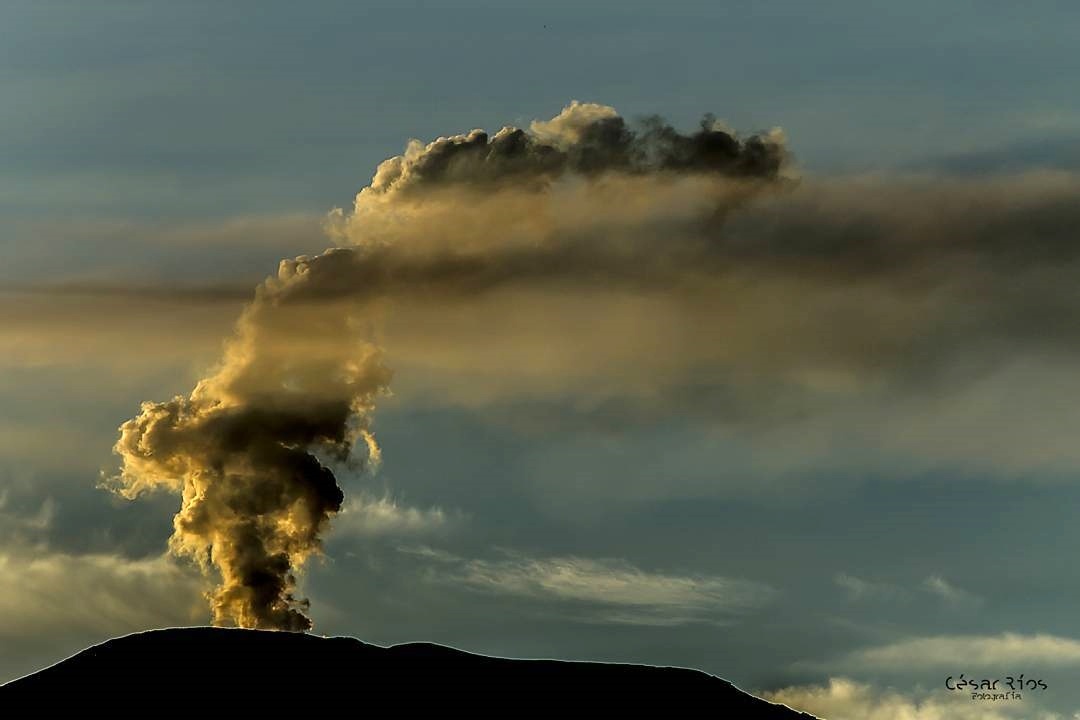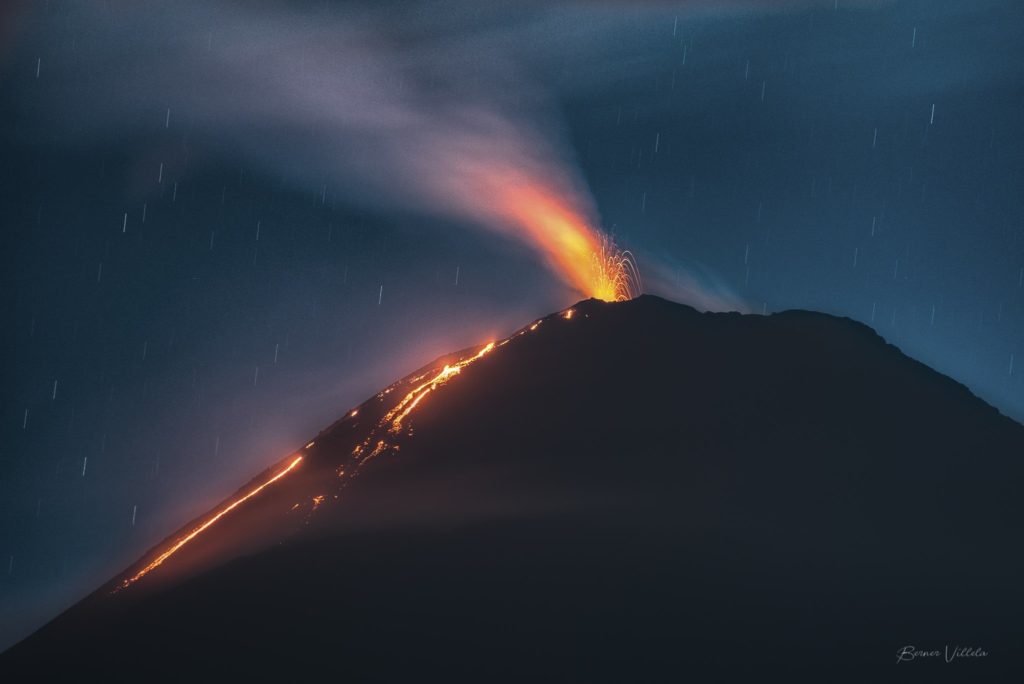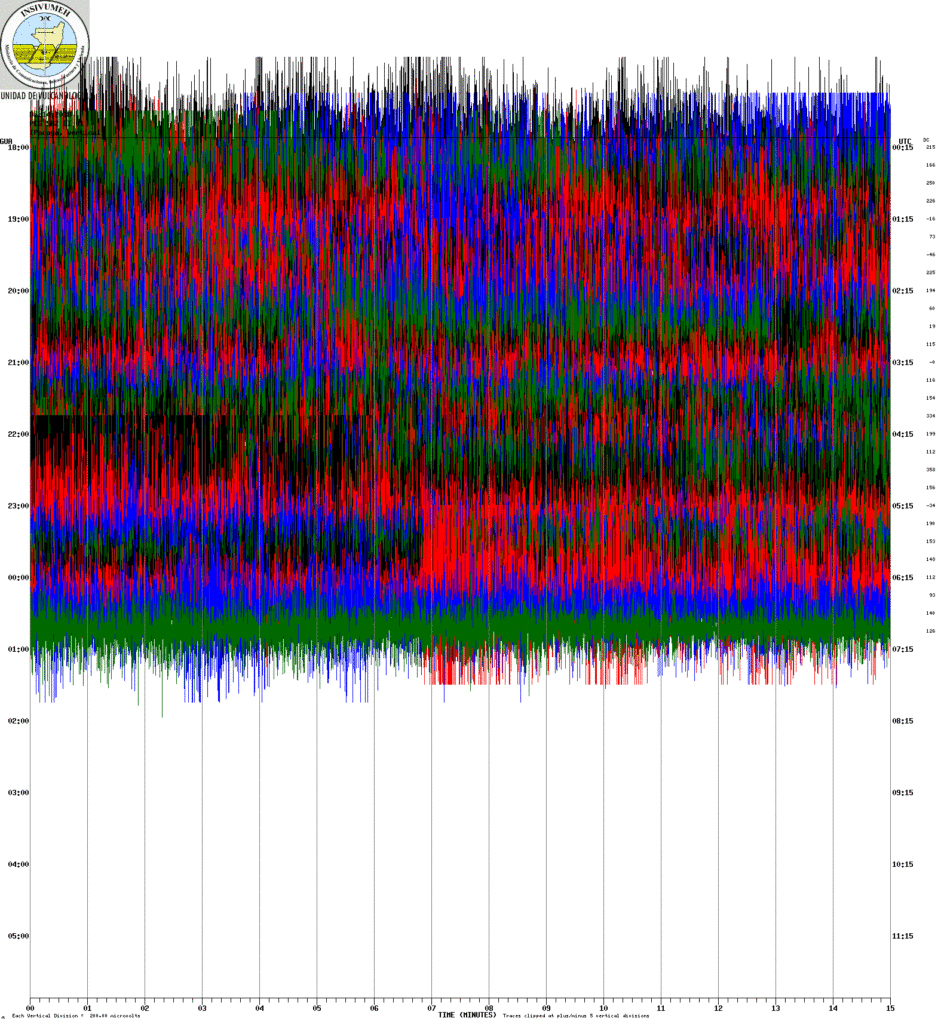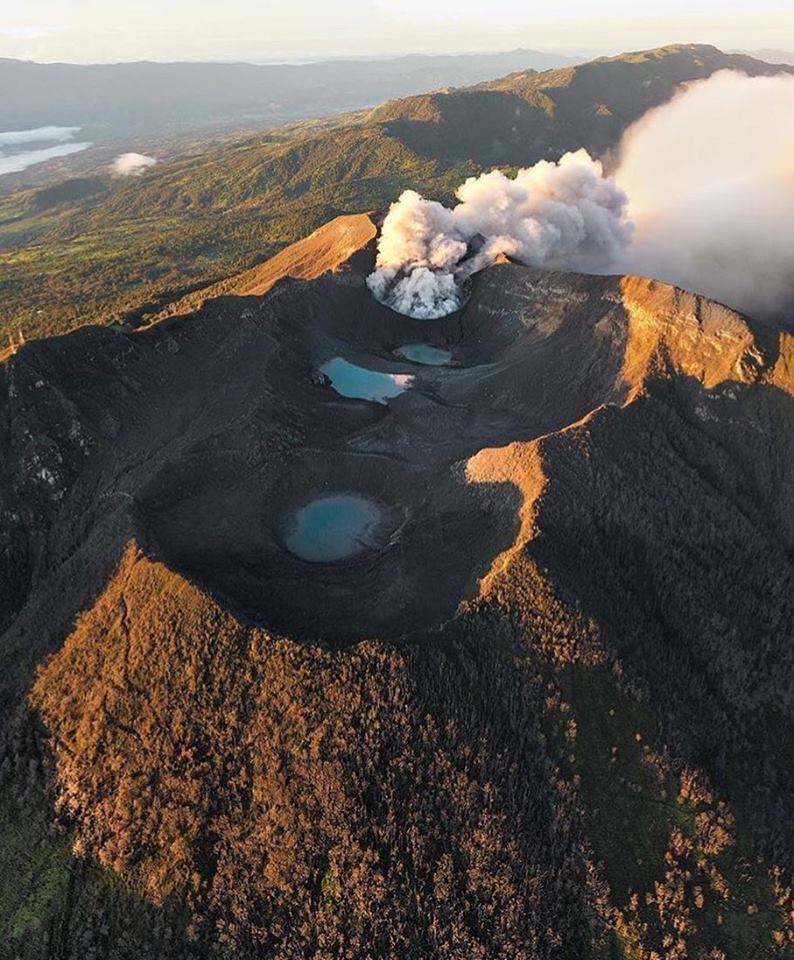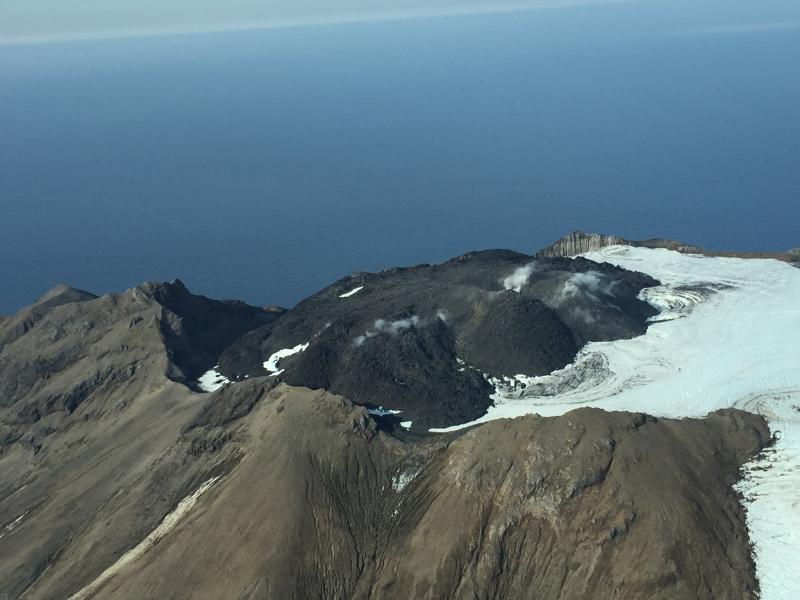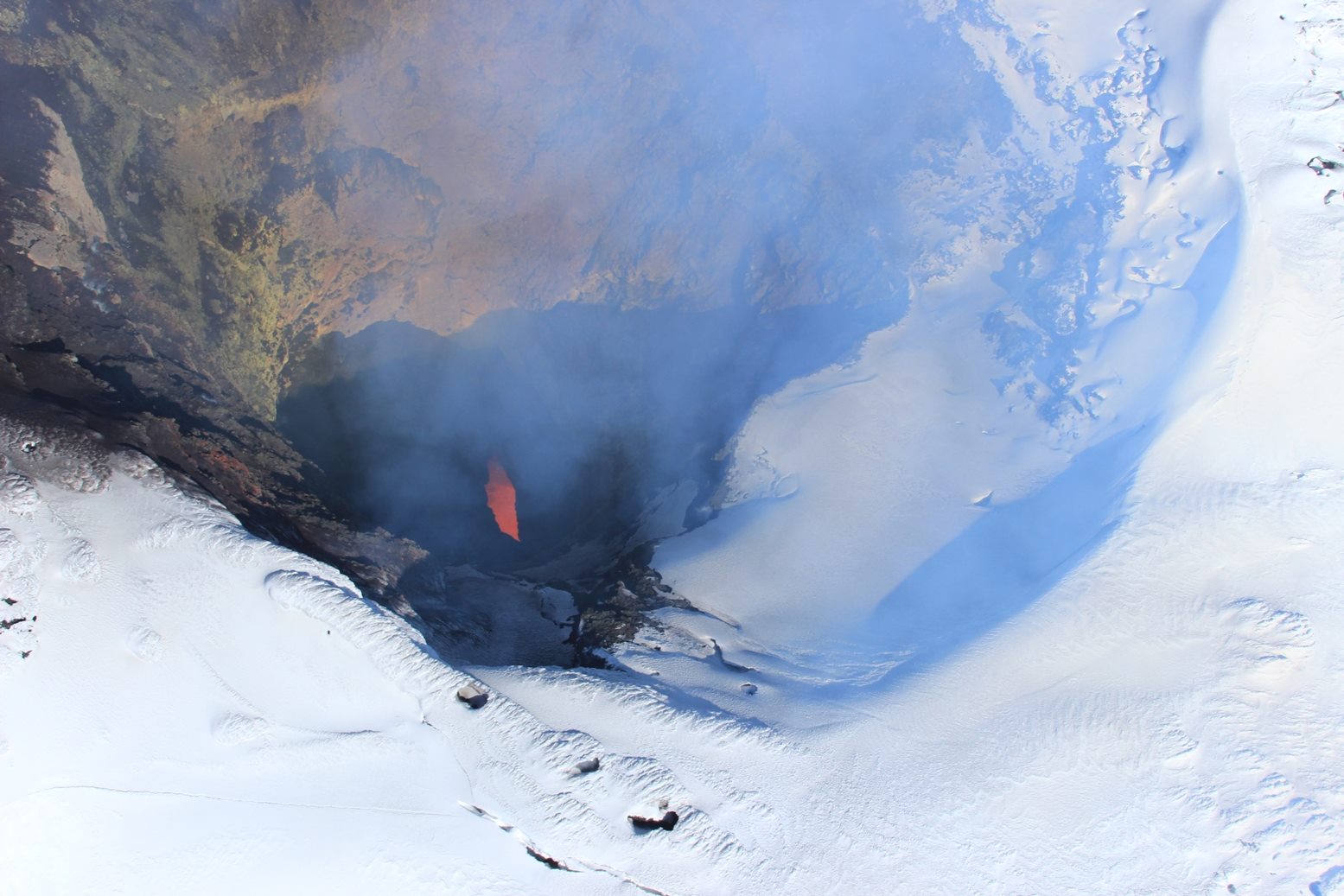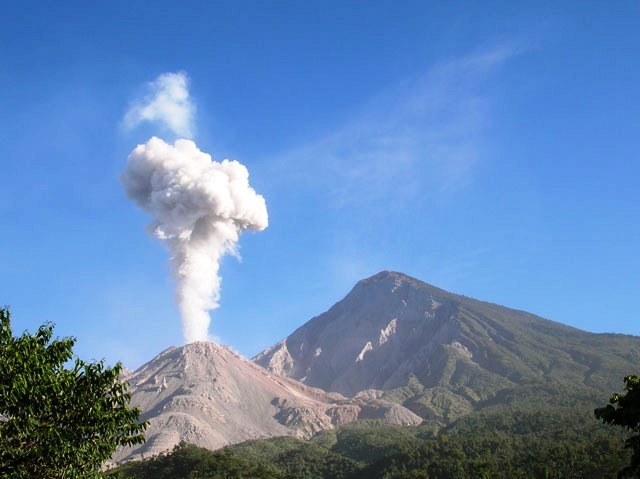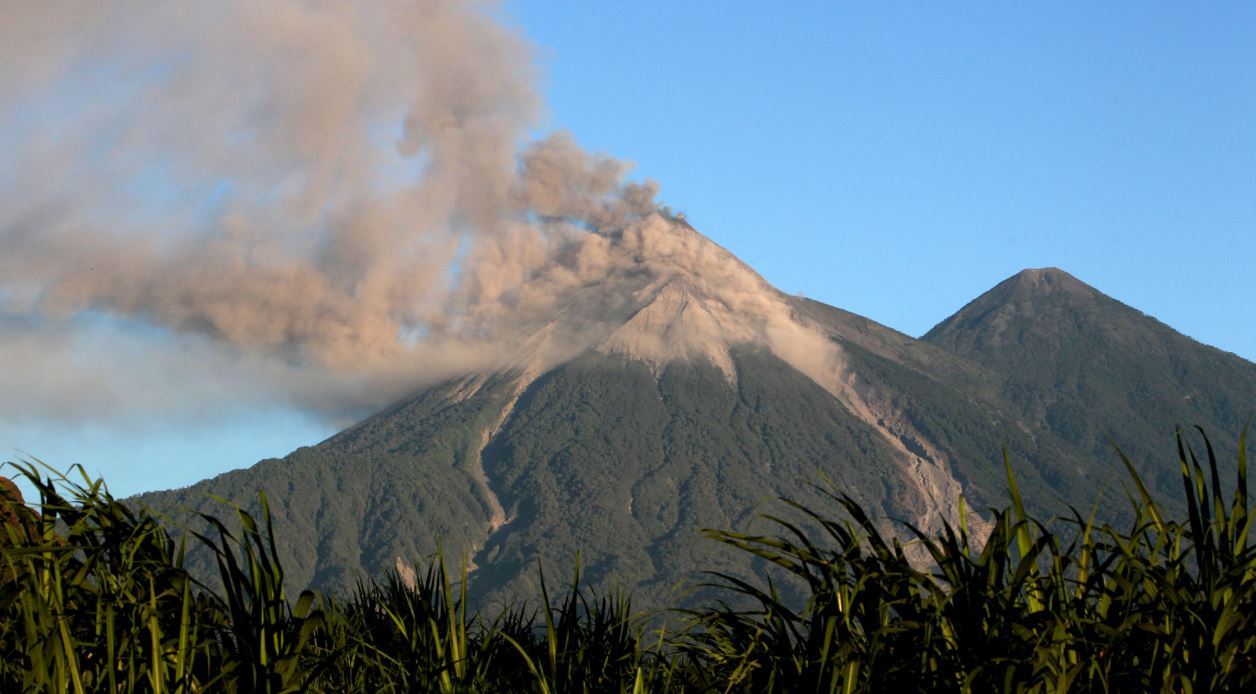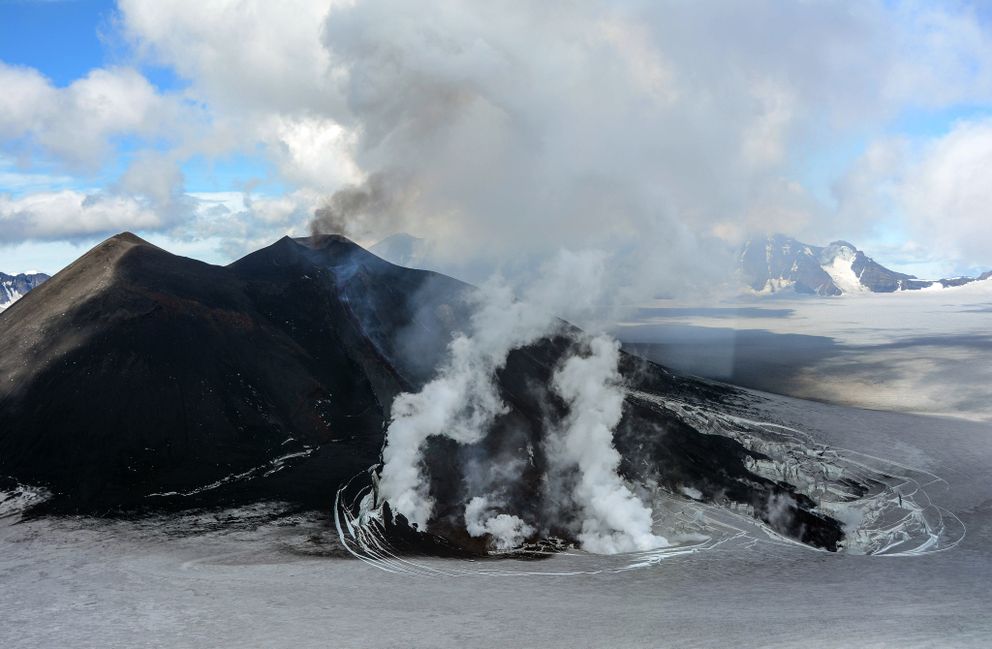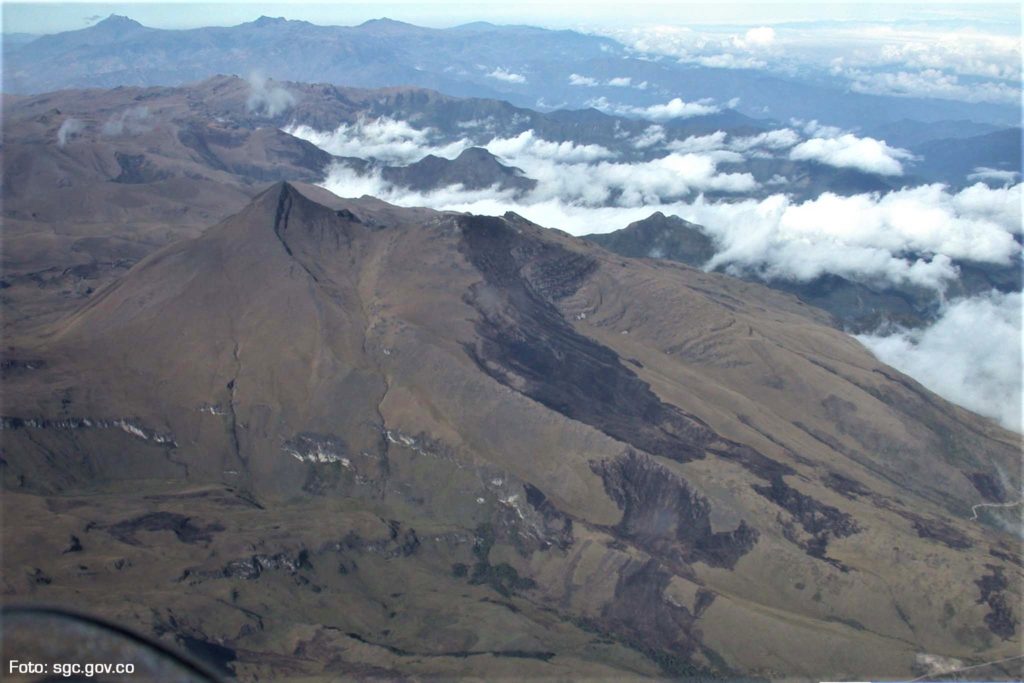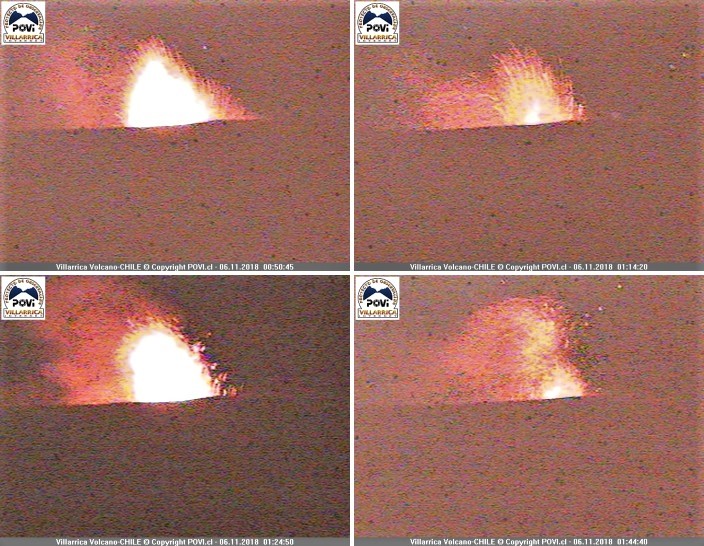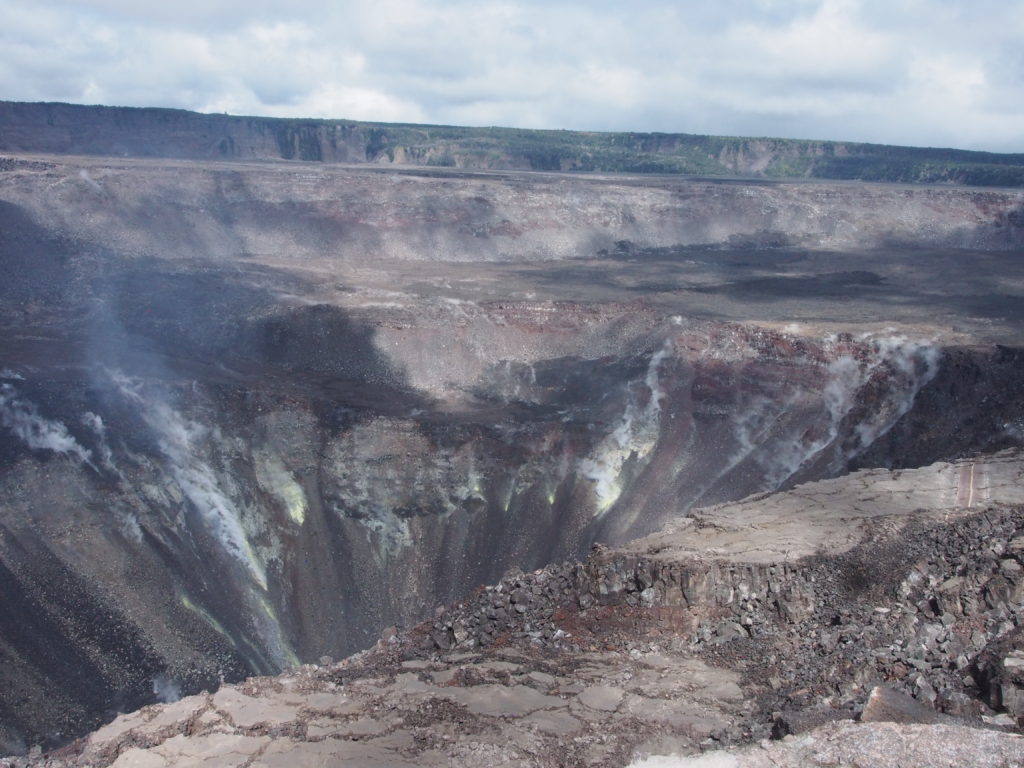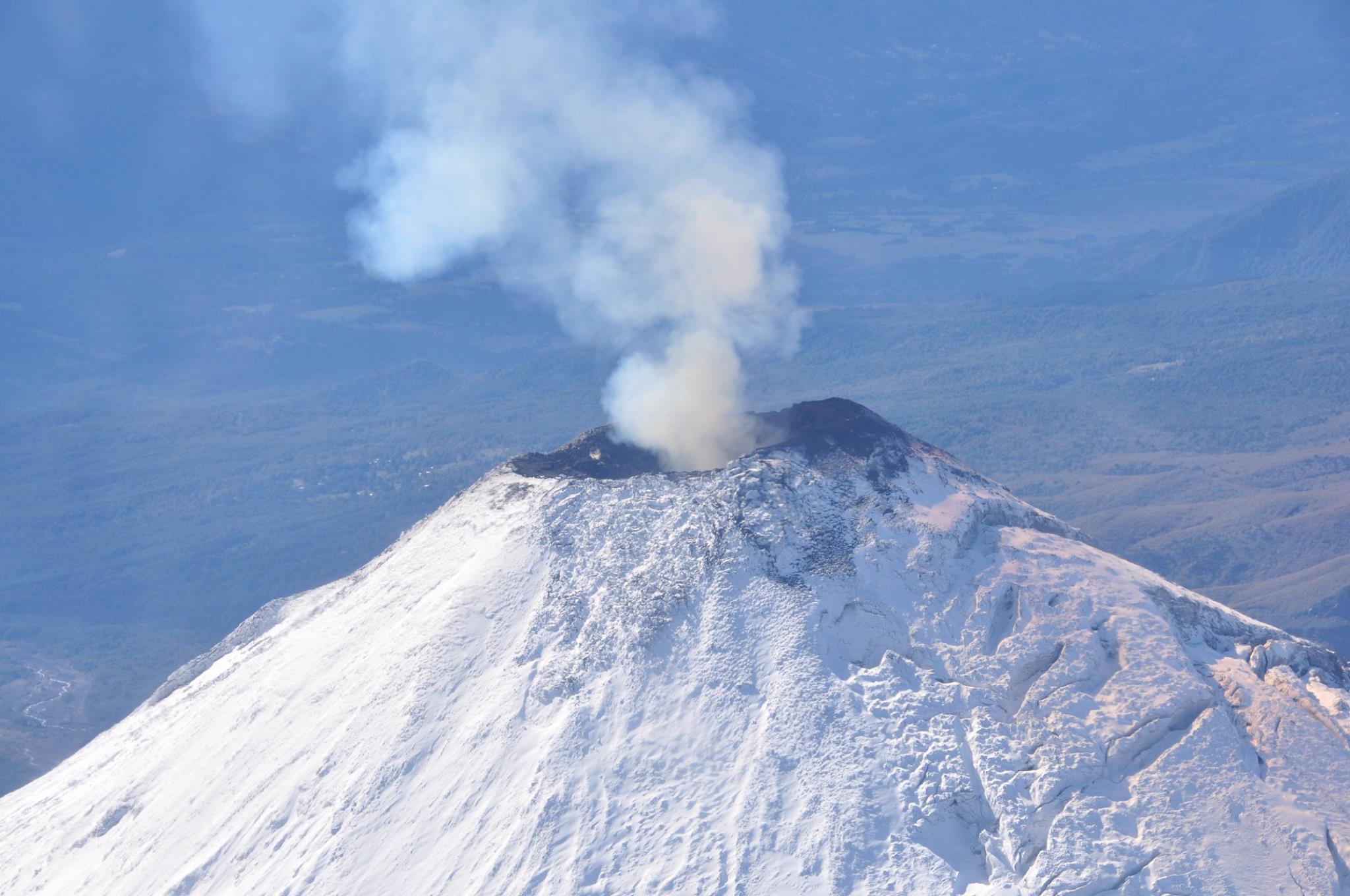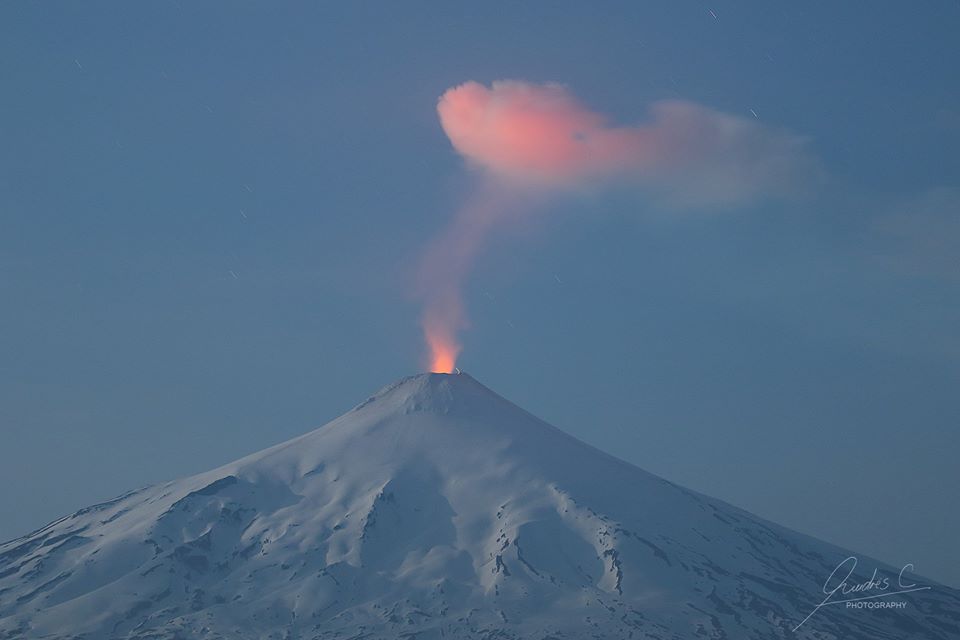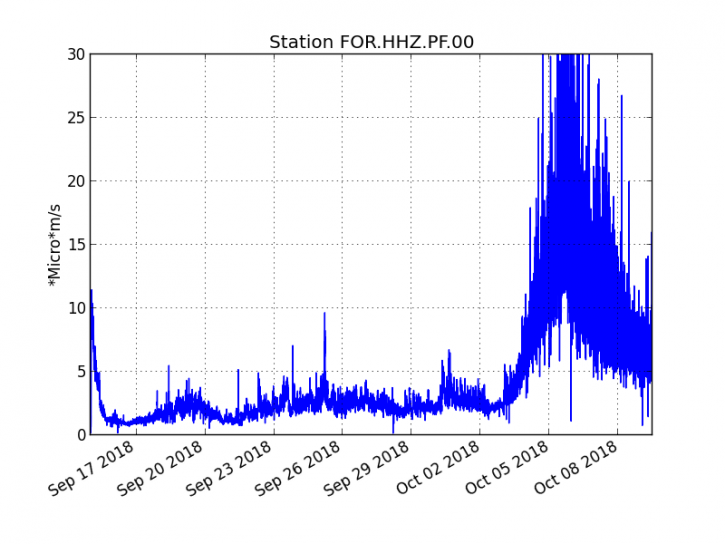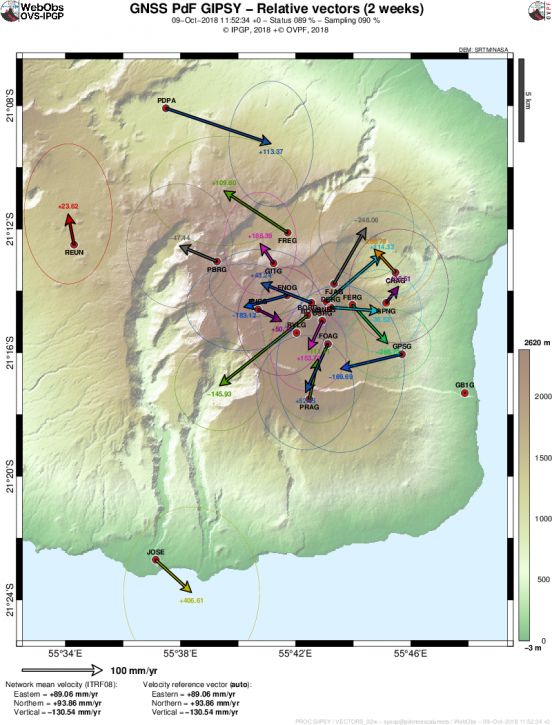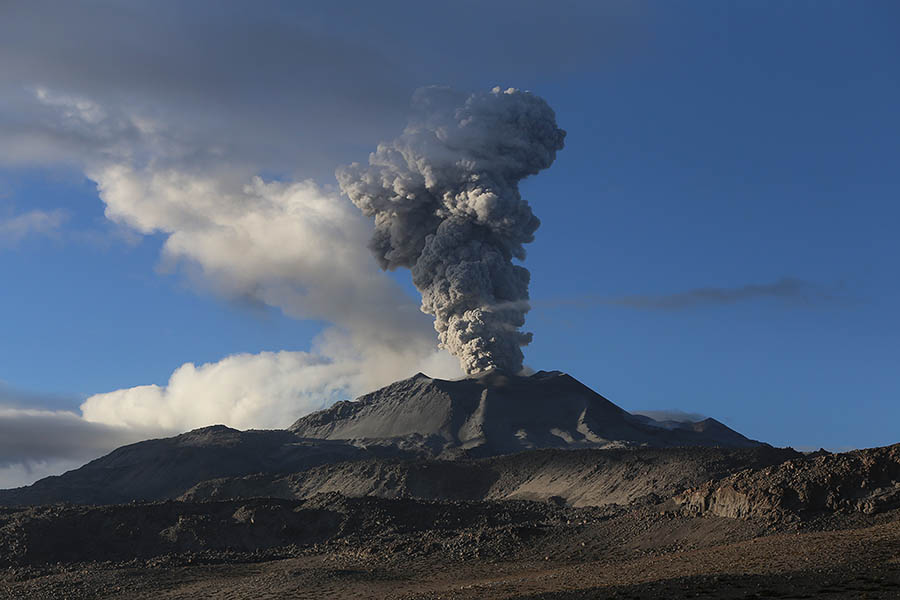January 25 , 2019.
Papua New Guinea , Manam :
An eruption of the Manam volcano sent ash into the air for nearby communities in Papua New Guinea on Wednesday, Jan. 23.
The eruption occurred just before 4 p.m. local time, sending lava down the side of the cliffs and spewing ash into the air.
According to the United States Geological Survey, an earthquake was observed just northeast of the volcano approximately two hours before the start of the volcanic eruption.
Communication to the island was cut Wednesday night, when the only Digicel tower was toppled by volcanic activity, the Manam Resettlement Authority reported.
« While authorities are issuing ash plume warnings for aviation purposes, ashfall will be generally limited outside of thunderstorms, » according to AccuWeather Meteorologist and Air Quality blogger Faith Eherts.
As is usual for this time of year in the South Pacific, summertime thunderstorms could present more issues for the region.
« Thunderstorms could initially blow ash out of the area, but it also provides an opportunity for ash to get pushed to the surface both on gusty winds and in the form of acid rain, » Eherts added.
Residents who have not already evacuated should be sure to seek shelter indoors during any stormy weather and heed the warnings of local officials.
The community experienced a sudden eruption of Manam back in August 2018, where lava forced the evacuation of 2,000 people from Manam Island, according to NASA. This began a more disruptive period for the Manam volcano.
Most of the island’s 9,000 inhabitants were evacuated back in 2004 following a major eruption.
VAAC Darwin: ash plume at a height of 12.2 km at 4:49 UTC, Aviation Color Code: RED.
MANAM ERUPTS – URGENT GOVERNMENT HELP NEEDED
Manam erupts continuously for 24 hours now as of 1 pm yesterday (unlike only 2 hours in the past). Very high temperatures. Digicel tower destroyed. People may perish next 48 hours if no help goes through.
Chairman of Manam Disaster Working Committee and Ward Member for Baliau just called. Water sources & food gardens completely destroyed.
Urgently need a temporary shelter on mainland. Need MV Godawan or transport for evacuation.
The people of Baliau (2257) and Dugulaba (862) were sent back to the volcano by a Government decision. They have no where else to go atm.
Sources : accuweather.com , Kessy Sawang.
Photos : Facebook / Kessy Sawang.
Chile , Villarica :
Villarrica Volcano-23/24 January 2019-Preliminary.
After almost 3 weeks of relatively calm and vigorous fumaroles, the lava springs and Strombolian explosions come back. As the explosions are not very frequent, they reach ballistic heights exceeding a 10-storey building, as shown in the image captured this Morning.
A recognition of the crater at noon reveals pyroclasts, lapilli and bombs up to 15 cm in size, scattered around the crater.
In the afternoon of yesterday (23), the sulphurous gases of the volcano extended about 40 km to the northeast, at an altitude of about 3,000. At around 10 pm there was a marked decrease in the vigor of fumaroles and the beginning of Strombolian activity at 22:41.
Summary of the last 7 months:
As shown by the photo-interpretation of ESA images, at the end of July 2018, the lava pit had reached the largest heat zone of the last 2 years. Subsequently, the lava pit shows a new subsidence and resurfaced in late August 2018. On November 6 and 16, 2018, it expels ballistic projectiles with impact on the perimeter of the crater. As of 24 December, the predominant frequency of tremors (the frequency with which the volcano naturally vibrates) has fallen below 1 oscillation per second, which has been maintained so far (24 January 2019). On January 3, 2019, new Strombolian explosions are observed, which deposit pyroclasts on the edges of the crater.
Source : Werner Keller / POVI.
Photos : POVI , Miguel Angel Albornoz.
Colombia , Cerro Machin :
Weekly activity bulletin of the Cerro Machín volcano
The level of activity continues at the level: Yellow activity level or (III): changes in the behavior of volcanic activity.
With regard to monitoring the activity of the Cerro Machín volcano, the COLOMBIAN GEOLOGICAL SERVICE informs that:
Over the past week, the Cerro Machín volcano has continued recording the seismic activity associated with rock fracturing in the volcanic building. This seismicity showed similar levels both in number of earthquakes and in released energy, compared to the previous week. The earthquakes were located mainly south, southeast and southwest of the main dome at depths between 2.2 and 18 km.
The highest magnitude recorded was 0.6 ML (local magnitude) corresponding to the earthquake on January 20 at 09:03 (local time), located 0.6 km southwest of the main dome, 3.9 km from depth. The other monitoring parameters used for the full assessment of volcanic activity did not show any significant changes during the past week.
The COLOMBIAN GEOLOGICAL SERVICE is attentive to the evolution of the volcanic phenomenon and will continue to inform in a timely manner of any changes that may occur.
Source : SGC.
Photo : Nestoriman.
Kamchatka , Sheveluch :
VOLCANO OBSERVATORY NOTICE FOR AVIATION (VONA).
Issued: January 24 , 2019
Volcano:Sheveluch (CAVW #300270)
Current aviation colour code:ORANGE
Previous aviation colour code:orange
Source:KVERT
Notice Number:2019-29
Volcano Location:N 56 deg 38 min E 161 deg 18 min
Area:Kamchatka, Russia
Summit Elevation:10768.24 ft (3283 m), the dome elevation ~8200 ft (2500 m)
Volcanic Activity Summary:
A growth of the lava dome continues (a viscous lava blocks extrude out on the northern part of it), a strong fumarolic activity and an incandescence of the dome blocks and hot avalanches accompanies this process. According to video data, an ash plume on the height 4.0 km a.s.l. continues to drift to the south-west from the volcano.
Explosive-extrusive eruption of the volcano continues. Ash explosions up to 32,800-49,200 ft (10-15 km) a.s.l. could occur at any time. Ongoing activity could affect international and low-flying aircraft.
Volcanic cloud height:
13120 ft (4000 m) AMSL Time and method of ash plume/cloud height determination: 20190124/2345Z – Video data
Other volcanic cloud information:
Distance of ash plume/cloud of the volcano: 47 mi (75 km)
Direction of drift of ash plume/cloud of the volcano: SW / azimuth 230 deg
Time and method of ash plume/cloud determination: 20190124/2340Z – Himawari-8
Source : Kvert.
Photo : Yu Demyanchuck , Volkstat ru.
